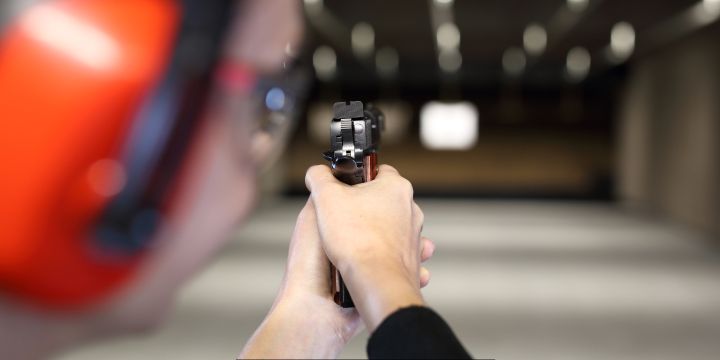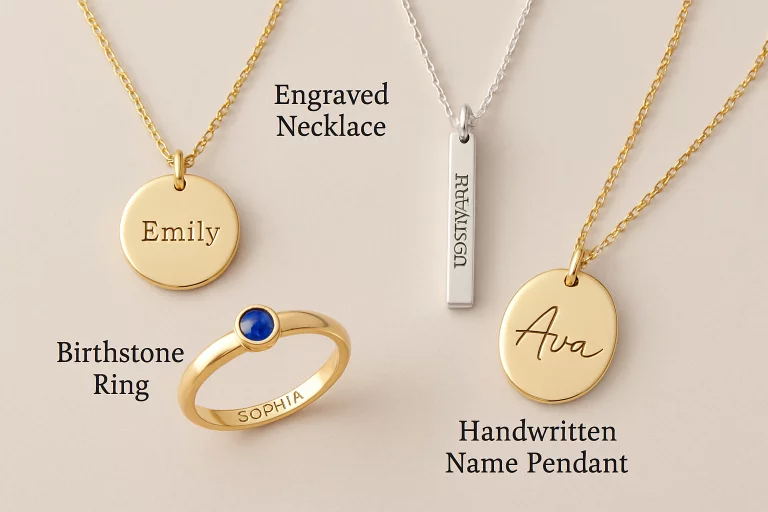How to Get Started with Sewing: A Beginner’s Guide
Table of Contents
- Introduction to Sewing
- Essential Tools and Materials
- Basic Stitches Everyone Should Know
- Choosing the Right Sewing Machine
- Beginner-Friendly Projects to Try
- Common Mistakes and How to Avoid Them
- Additional Resources for Learning Sewing
- Conclusion
Introduction to Sewing
Sewing is a versatile and enjoyable hobby that allows individuals to create beautiful and functional items. Whether you’re looking to tailor your clothes, craft unique gifts, or simply express your creativity, sewing can be a rewarding skill to develop. The benefits of sewing extend beyond just creating useful items; it can be incredibly therapeutic, offering a sense of accomplishment and relaxation. With machines like the Brother Innovis PS500, even beginners can produce professional-looking results quickly and easily. This guide offers a comprehensive starting point so you can feel confident embarking on your sewing journey.
Essential Tools and Materials
Getting started with sewing requires a few basic tools and materials that every beginner should have. Firstly, fabric is the core material you’ll be working with; cotton is a good starting point due to its ease of use and availability. You’ll also need sewing needles: hand-sewing needles for detailed work and machine needles tailored to your sewing machine. Thread is another essential; you can start with a variety of colors, but having a quality all-purpose thread will serve most needs. Sharp scissors designated solely for fabric cutting are crucial for clean cuts. Measuring tools like a tape measure and a ruler ensure precision in your projects. A more comprehensive list of supplies will ensure you have everything needed to embark on your sewing journey with confidence.
Basic Stitches Everyone Should Know
Mastering a few basic stitches will set a solid foundation for your sewing projects and contribute to your overall sewing proficiency:
- Running Stitch: This simple stitch is great for basting and gathering fabrics. It’s also the easiest hand stitch to learn, making it perfect for absolute beginners.
- Backstitch: Known for its strength and durability, this stitch is perfect for seams that require extra stability. It’s often used in hand sewing for projects that need sturdy construction, such as bags or clothes.
- Zigzag Stitch: This stitch is excellent for finishing raw edges and preventing fraying. It offers flexibility and can be used for stretchy fabrics, making it a versatile option for various types of projects.
Choosing the Right Sewing Machine
Finding the right sewing machine is crucial for a smooth sewing experience and greatly influences the quality of your projects. When selecting a sewing machine, consider factors such as the type of projects you’ll be working on, the machine’s features, and your budget. For beginners, a straightforward, user-friendly machine is recommended. The machine should offer basic stitches but be robust enough for more complex projects as your skills grow.
Beginner-Friendly Projects to Try
Starting with simple projects helps reinforce your skills and build confidence. Consider these easy projects that offer both functionality and a great way to practice basic techniques:
- Pillowcases: Simple shapes and minimal stitching make this a perfect first project. Pillowcases also allow you to experiment with different fabrics and patterns without a significant time investment.
- Tote Bags: Practical and easy to make, they also offer room for creativity. Customizing your tote bag with pockets, trims, and other accessories can be a fun way to express your creativity.
- Simple Clothing Alterations: Hemming pants or adjusting shirt sleeves can be very rewarding. These small alterations can make a big difference in how your clothes fit and look, giving you a taste of the practicality of sewing skills.
Common Mistakes and How to Avoid Them
Every beginner makes mistakes, but being aware of common pitfalls can save you a lot of hassle. Some frequent errors include:
- Incorrect Fabric Selection: Start with easy-to-handle fabrics like cotton. Avoid slippery or stretchy fabrics until you are more comfortable and have a better grasp of fabric handling.
- Poor Cutting Technique: Use sharp scissors and take your time to ensure precision. Dull scissors can fray fabric and make your cuts less accurate, which can affect the quality of your entire project.
- Not Following Patterns Properly: Make sure to read through the entire pattern before starting. Taking the time to understand each step will help you avoid mistakes and complete your project more efficiently.
Additional Resources for Learning Sewing
There are numerous resources available to help you learn and improve your sewing skills. Websites, YouTube tutorials, and community classes can provide invaluable guidance. Engaging with online sewing communities can offer support and inspiration as you grow your skills. Participating in forums and social media groups allows you to ask questions, share your projects, and gain constructive feedback, creating a rich learning environment that extends beyond traditional resources.
Conclusion
In conclusion, embarking on your sewing journey can be both rewarding and enjoyable. By mastering the essential tools, basic stitches, and beginner-friendly projects outlined in this guide, you’ll build a solid foundation that empowers your creativity. Remember, the ultimate goal is to have fun while learning and creating, so don’t be discouraged by initial challenges; they are part of the process.
As you continue to delve deeper into the world of sewing, take advantage of additional resources like online tutorials and community classes to further enhance your skills. With patience and practice, you’ll find that sewing not only improves your craftsmanship but also becomes a cherished outlet for your creativity. Embrace each project as a step toward greater confidence and artistic expression!














